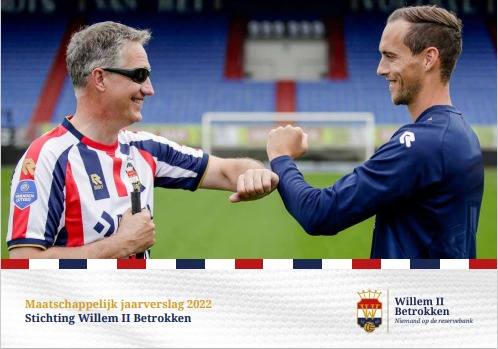Disability Awareness and Etiquette -HANDBOOK

CAFE supports the social model of disability, which states that it is the physical, sensory, intellectual, psychological and attitudinal barriers that cause disability, not impairments. It is important to see the person and not the disability, and to remove stereotypes. For example, a person who uses a wheelchair is only disabled when there are steps or steep gradients that cannot be accessed in a wheelchair. Likewise, a blind or partially sighted person is only disabled when information is not provided in an accessible format and access routes are blocked by physical barriers or trip hazards. The old medical model of disability looked at treating the disabled person as unwell or unhealthy and defined them according to their medical condition. This is disempowering and can be patronising to disabled people, who are just as able as anyone else provided their environment is accommodating to their specific requirements.
Download Document
Playgroundsguide
A guide about the playground pitches by Musco Lightning. Why they are important, what kind of skills people will develop ...
Download Document
UEFA 2021/22 Respect Report
The report is the first look at the impact of Strength Through Unity, UEFA’s sustainability strategy launched last December. ...
Download Document
1ST ANNUAL SOCIAL REPORT OF WILLEM II
In the year 2020, Willem II Involved presented its first annual social report. The Dutch football club is proud to present ...
Download Document